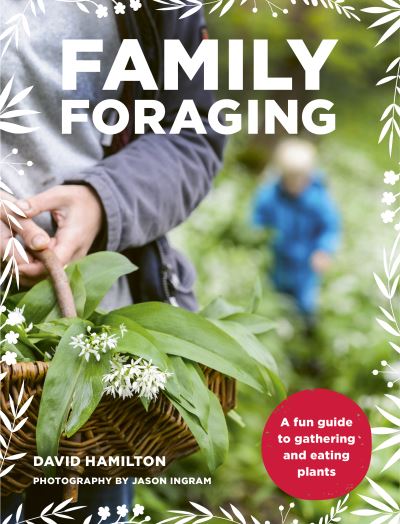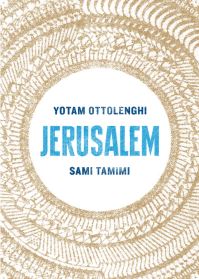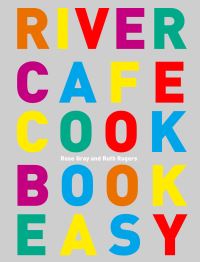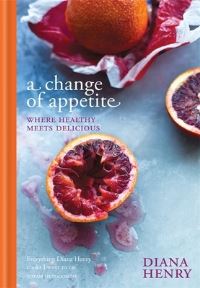Description
From Darwin to David Attenborough, many naturalists built their careers on a curiosity which began in early childhood. However, in this digital age our children can all too easily become isolated from meaningful contact with both the natural world and the people around them. Foraging for wild food can help refocus them and a day gathering edible plants, picked in the wild, can be a great way to reconnect with family and nature.
Â
With clear information, instructions and illustrations, this book looks at 30 edible plants commonly found in our parks, woodlands and hedgerows. It shows you how to identify them safely and gather them to make delicious recipes that are easy to create and tempting and nutritious for young children.
Â
The plants are organized by season and there are scrumptious things to make throughout the year including puffball kebabs, sea beet huff-a-puffs, staghorn sumac lemonade, sweet potato & chestnut burgers, and hazelnut chocolate spread.
Â
Once you’ve caught the foraging bug, you’ll soon be looking for chestnuts to roast, hazelnuts to crack, or the best wild apple trees. Foraging is for life!
Â
With clear information, instructions and illustrations, this book looks at 30 edible plants commonly found in our parks, woodlands and hedgerows. It shows you how to identify them safely and gather them to make delicious recipes that are easy to create and tempting and nutritious for young children.
Â
The plants are organized by season and there are scrumptious things to make throughout the year including puffball kebabs, sea beet huff-a-puffs, staghorn sumac lemonade, sweet potato & chestnut burgers, and hazelnut chocolate spread.
Â
Once you’ve caught the foraging bug, you’ll soon be looking for chestnuts to roast, hazelnuts to crack, or the best wild apple trees. Foraging is for life!




